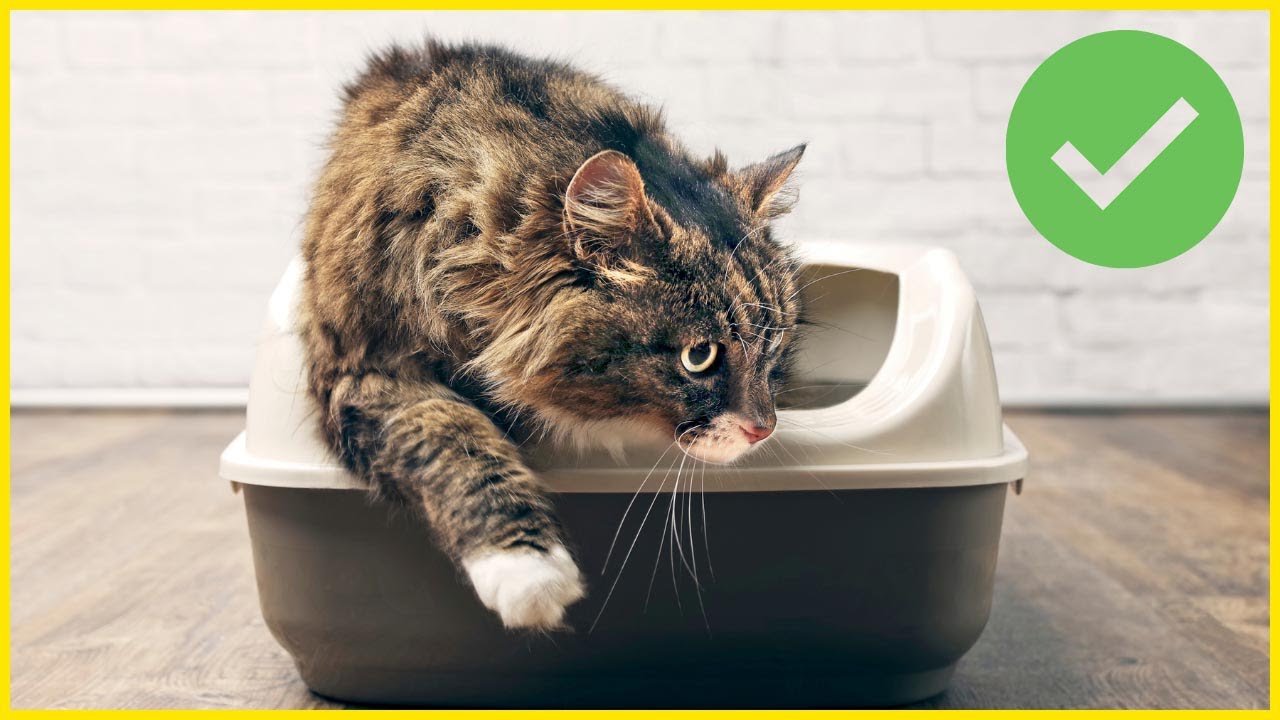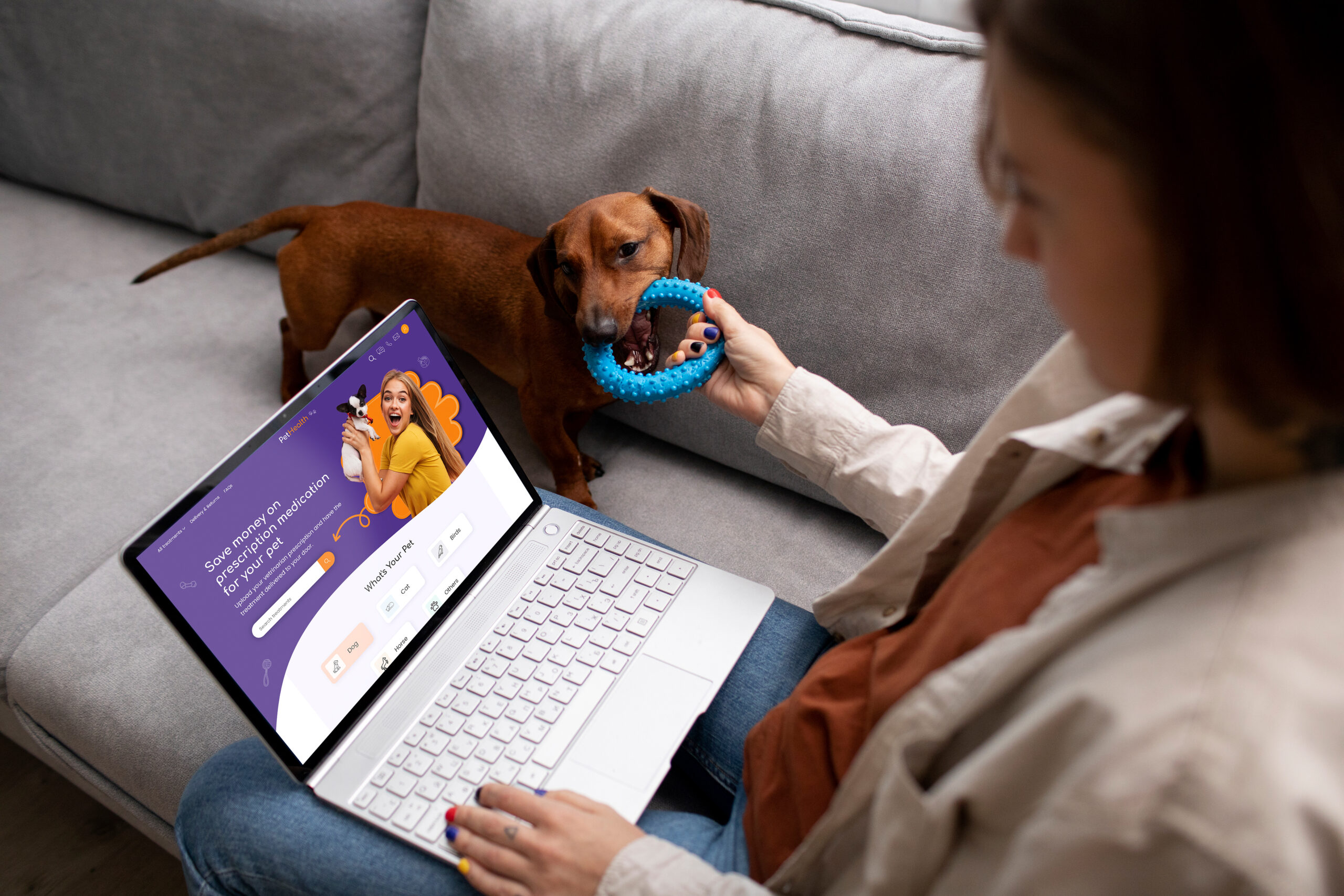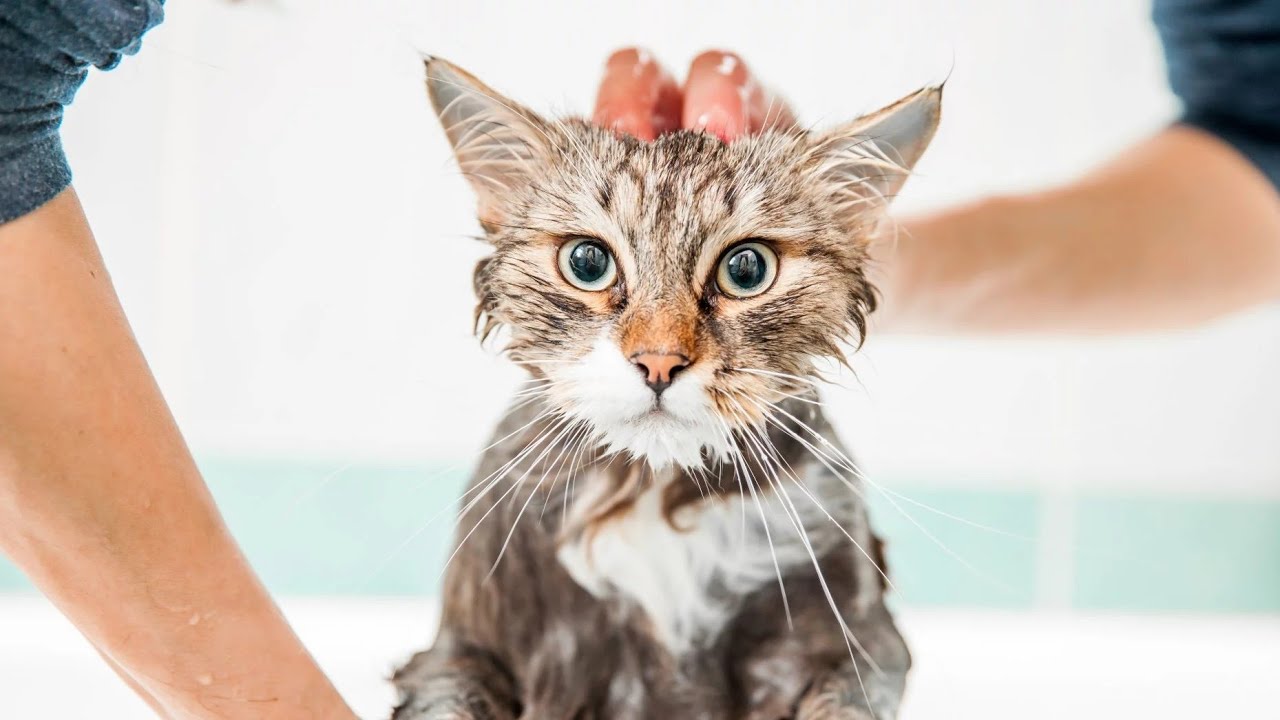Whether you’re heading to the vet, traveling, or moving to a new home, a pet carrier is an essential item for every cat owner. A good pet carrier ensures your cat’s safety, comfort, and peace of mind during transit. But with so many options available, how do you choose the right one? In this comprehensive guide, we’ll explore everything you need to know about pet carriers for cats, including types, features to look for, and tips for making travel stress-free for your feline companion.
Why Do You Need a Pet Carrier for Your Cat?
Pet carriers are more than just a means of transportation—they’re a safe space for your cat during stressful situations. Here’s why investing in a high-quality pet carrier is important:
- Safety: A carrier keeps your cat secure and prevents them from escaping or getting injured during travel.
- Comfort: A well-designed carrier provides a cozy, familiar environment for your cat, reducing stress and anxiety.
- Convenience: Carriers make it easier to transport your cat, whether you’re traveling by car, plane, or public transport.
- Compliance: Many airlines and public transportation systems require pets to be transported in approved carriers.
- Emergency Preparedness: In case of an emergency, such as a natural disaster or evacuation, a carrier ensures your cat can be transported quickly and safely.
Types of Pet Carriers for Cats
Pet carriers come in a variety of styles, each suited to different needs and situations. Here are the most common types:
1. Hard-Sided Carriers
- Design: Made from durable materials like plastic or metal, with a solid structure and ventilation holes.
- Best For: Air travel, car trips, and cats who prefer a sturdy, enclosed space.
- Pros: Provides excellent protection and security. Easy to clean and durable.
- Cons: Heavier and bulkier than other types. May not be as comfortable for long trips.
2. Soft-Sided Carriers
- Design: Made from fabric or mesh, with a flexible frame and padded interior.
- Best For: Short trips, vet visits, and cats who prefer a softer, more comfortable environment.
- Pros: Lightweight, portable, and easy to store. Often come with additional features like pockets and shoulder straps.
- Cons: Less durable and protective than hard-sided carriers. Not suitable for all airlines.
3. Backpack Carriers
- Design: Worn like a backpack, with a clear window or mesh panel for ventilation.
- Best For: Outdoor adventures, hiking, and urban travel.
- Pros: Hands-free and convenient for active pet owners. Provides a unique experience for curious cats.
- Cons: Limited space and ventilation. Not ideal for anxious or larger cats.
4. Expandable Carriers
- Design: Features collapsible sides or compartments that can be expanded for extra space.
- Best For: Long trips or multi-cat households.
- Pros: Provides more room for your cat to move around. Versatile and adaptable.
- Cons: Bulkier and heavier when expanded. May not be allowed on all airlines.
5. Wheeled Carriers
- Design: Equipped with wheels and a retractable handle for easy transport.
- Best For: Traveling through airports, train stations, or other large spaces.
- Pros: Reduces strain on your arms and back. Ideal for heavy or multiple carriers.
- Cons: Less maneuverable on uneven surfaces. Can be bulky and difficult to store.
Key Features to Look for in a Cat Carrier
When choosing a pet carrier, consider the following features to ensure your cat’s comfort and safety:
- Size: The carrier should be large enough for your cat to stand, turn around, and lie down comfortably.
- Ventilation: Look for carriers with multiple mesh panels or ventilation holes to ensure proper airflow.
- Security: Choose a carrier with secure latches, zippers, or locks to prevent escapes.
- Comfort: Opt for carriers with padded interiors, removable bedding, or washable liners.
- Portability: Consider handles, shoulder straps, or wheels for easy transport.
- Durability: Select a carrier made from high-quality materials that can withstand wear and tear.
- Ease of Cleaning: Look for carriers with removable or wipeable liners for quick cleanup.
- Visibility: Some cats feel more secure in carriers with windows or mesh panels that allow them to see their surroundings.
- Weight Limit: Ensure the carrier can support your cat’s weight, especially if you have a larger breed.
How to Choose the Right Carrier for Your Cat
Here are some factors to consider when selecting a pet carrier:
- Your Cat’s Size and Weight: Ensure the carrier is spacious enough for your cat to move comfortably.
- Travel Needs: Consider how often and where you’ll be using the carrier (e.g., car, plane, or public transport).
- Your Cat’s Temperament: Anxious cats may prefer a cozy, enclosed carrier, while curious cats may enjoy a backpack or expandable design.
- Your Budget: Pet carriers range from affordable to high-end, so choose one that fits your budget without compromising on quality.
- Airline Requirements: If you plan to fly with your cat, check the airline’s specific carrier requirements, such as size and ventilation.
Tips for Introducing Your Cat to a Carrier
Many cats associate carriers with trips to the vet, which can make them hesitant or fearful. Here’s how to make the carrier a positive space for your cat:
- Leave the Carrier Out: Place the carrier in a familiar area of your home and leave it open for your cat to explore.
- Add Comfort Items: Place a soft blanket, toy, or treat inside to make the carrier more inviting.
- Use Positive Reinforcement: Reward your cat with treats and praise when they enter the carrier voluntarily.
- Practice Short Trips: Take your cat on short, low-stress trips to help them get used to the carrier.
- Create a Safe Space: Use the carrier as a cozy resting spot at home, so your cat associates it with comfort rather than stress.
Top Recommended Pet Carriers for Cats
Here are some of the best pet carriers for cats, based on user reviews and expert recommendations:
- Sherpa Original Deluxe Pet Carrier
- Soft-sided carrier with mesh panels for ventilation.
- Airline-approved and machine-washable.
- Petmate Two-Door Top-Load Pet Kennel
- Hard-sided carrier with top and front doors for easy access.
- Durable and secure for air travel.
- PetAmi Deluxe Pet Carrier Backpack
- Backpack-style carrier with a bubble window for visibility.
- Lightweight and ergonomic for outdoor adventures.
- Amazon Basics Soft-Sided Travel Carrier
- Affordable and lightweight soft-sided carrier.
- Features multiple entry points and a padded shoulder strap.
- Sleepy pod Air In-Cabin Pet Carrier
- Expandable carrier with a sleek, modern design.
- Airline-approved and crash-tested for safety.
Frequently Asked Questions (FAQs)
1. How do I measure my cat for a carrier?
- Measure your cat from nose to tail and from the top of their head to the ground. Add a few inches to ensure they have enough space.
2. Can I use a dog carrier for my cat?
- While some dog carriers may work for cats, it’s best to choose a carrier specifically designed for cats to ensure proper ventilation and security.
3. How do I clean a pet carrier?
- Remove any bedding or liners and wash them separately. Wipe down the carrier with a pet-safe disinfectant and let it air dry.
4. What if my cat hates the carrier?
- Gradually acclimate your cat to the carrier by leaving it out and rewarding them for exploring it. Avoid forcing your cat into the carrier.
5. Can I use a carrier for multiple cats?
- While some carriers are designed for multiple pets, it’s generally best to use separate carriers for each cat to prevent stress and conflict.
Additional Tips for Stress-Free Travel
- Familiarize Your Cat with Car Rides: Take your cat on short car trips to help them get used to the motion and sounds of travel.
- Use Calming Aids: Consider using calming sprays, pheromone diffusers, or treats to reduce anxiety during travel.
- Plan for Breaks: For long trips, plan regular breaks to allow your cat to stretch, eat, and use the litter box.
- Keep the Carrier Secure: Use a seatbelt or carrier strap to secure the carrier in your car, preventing it from sliding or tipping over.
- Pack Essentials: Bring along your cat’s favorite toys, food, water, and a portable litter box for longer trips.
How to Use a Pet Carrier Like a Pro
A carrier’s only as good as your technique. Here’s a detailed plan:
- Prep the Space: Place it in a quiet room with the door open. Add a blanket with your scent or a sprinkle of catnip.
- Build Trust: Feed treats inside over days or weeks—let them nap in it voluntarily.
- Practice Runs: Start with short car rides (5-10 minutes) to a park or friend’s house, rewarding with praise or treats.
- Loading Up: For reluctant cats, tilt the carrier upright (door up), gently lower them in tail-first, then close it calmly.
- Secure It: In cars, strap it with a seatbelt or wedge it snugly. On planes, slide it under the seat—never overhead.
- Comfort Tricks: Cover with a light towel during travel to reduce overstimulation, leaving one side open for air.
Frequency: Use it monthly for familiarity—not just emergencies—so it’s a routine, not a red flag.
Benefits of a Quality Cat Carrier
- Safety First: Protects in accidents or crowded spaces—crash-tested models like Sleepypod meet human-grade standards.
- Stress Relief: A snug, familiar carrier calms nerves, unlike loose travel.
- Versatility: Use it as a bed, crate, or grooming station at home.
- Cost Savings: Avoid boarding fees with DIY travel—$50 carriers beat $30/day kennels.
- Health Perks: Easier vet access means faster checkups and fewer missed issues.
Expert Insights and Real-Life Tips
Veterinarian Dr. Lisa Patel says, “Hard-sided carriers are safest for cars—soft ones collapse in impacts. For flights, prioritize TSA compliance and ventilation.” Cat behaviorist Emily Torres adds, “Training is half the battle. A carrier they love cuts stress by 80%.” Owner Sarah J. shares, “My tabby hated her old crate, but a bubble backpack turned her into a travel junkie—she watches birds from it!”
DIY Hack: Cut a slit in a towel to thread a seatbelt through—keeps hard carriers stable without sliding.
Common Mistakes to Avoid
- Wrong Size: Too tight restricts movement; too loose feels insecure.
- Skipping Training: Forcing a cat in last-minute breeds panic.
- Poor Ventilation: Blocked airflow overheats cats—check mesh regularly.
- Overpacking: Don’t cram toys or food bowls—keep it simple.
Conclusion
A pet carrier is an indispensable tool for every cat owner, providing a safe and comfortable way to transport your feline friend. By choosing the right carrier and introducing it properly, you can make travel a stress-free experience for both you and your cat. Whether you opt for a hard-sided, soft-sided, or backpack carrier, prioritize your cat’s comfort, safety, and needs.
Invest in a high-quality carrier, follow the tips in this guide, and remember to reward your cat for their cooperation. With the right carrier, you and your cat can embark on many adventures together






